These days it’s nearly impossible to escape screens. We stare at laptops for work, TVs during our binge sessions, and smartphone displays every moment in between. This is bad for our health for a number of reasons—blue light keeps us up at night, and displays can cause eye strain, among other things—but going off the grid is unrealistic.
Enabling dark mode won’t fix everything, but it can make screen time easier on the eyes. Windows 11 has made several improvements to Microsoft’s dark mode, but if you’re still on Windows 10, you can change between dark and light themes, choose accent colors, and decide where those changes will appear. Here’s how to customize color themes and flip on dark mode.
Choose a Color Theme
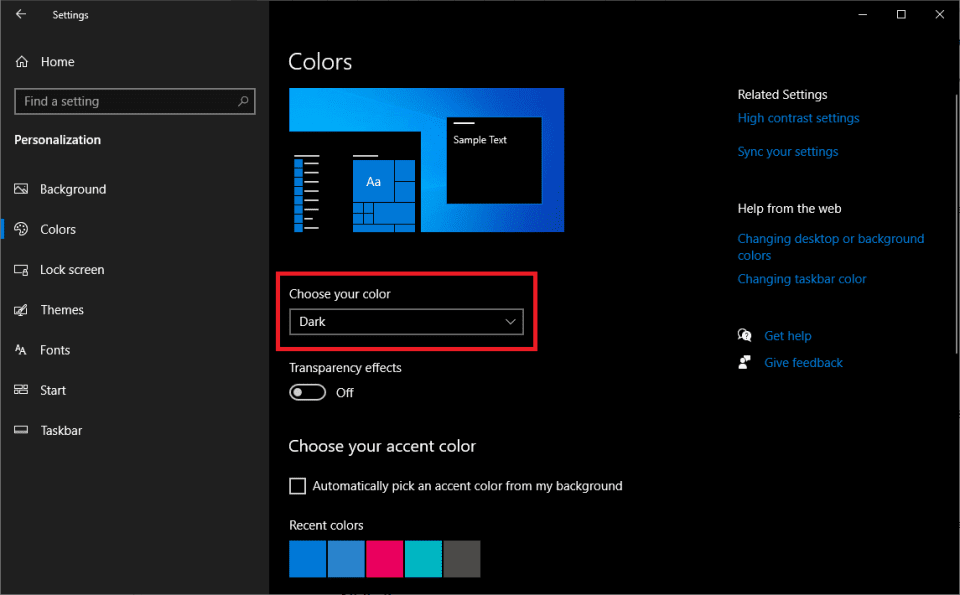
To enable dark mode, navigate to Settings > Personalization > Colors, then open the drop-down menu for “Choose your color” and pick Dark. Dark (and Light) mode change the look of the Windows Start menu and built-in apps.
You can also decide to choose Custom if you want to mix and match color themes. For example, you can choose to put the Start Menu and taskbar in dark mode, but keep default apps under the default light theme.
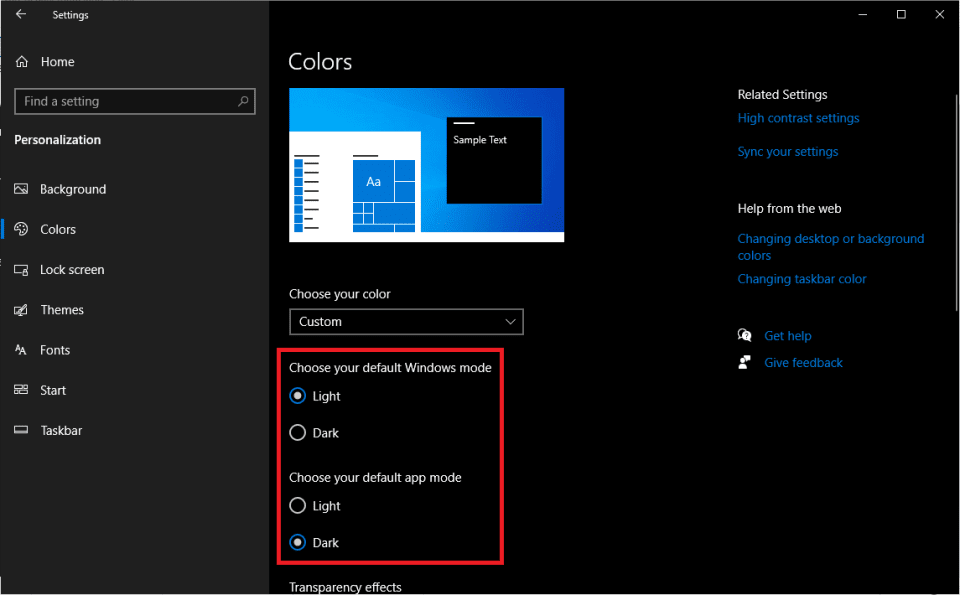
Toggling Transparency effects controls the transparency of certain windows and the taskbar, but by turning it off you may be able to darken up certain areas.
Play around with the different color options to see which scheme you prefer. The preview image shows how your changes will appear, and changes are made live so you can sample each combination.
Select Accent Colors
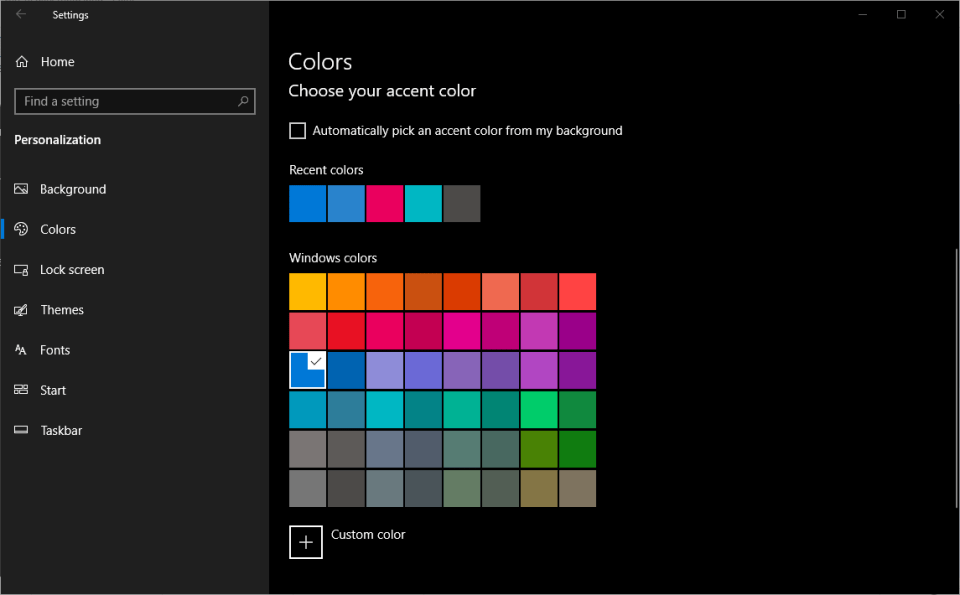
Once your preferred color theme is set, you can also choose an accent color that will appear on icons, tiles, and other screen elements. You can also tell Windows to choose an accent color based on your current background image by checking the Automatically pick an accent color from my background option.
If there isn’t a color to your liking, click Custom color to open a menu where you can create your own using a color picker, or RGB, HSV, or hex code values.
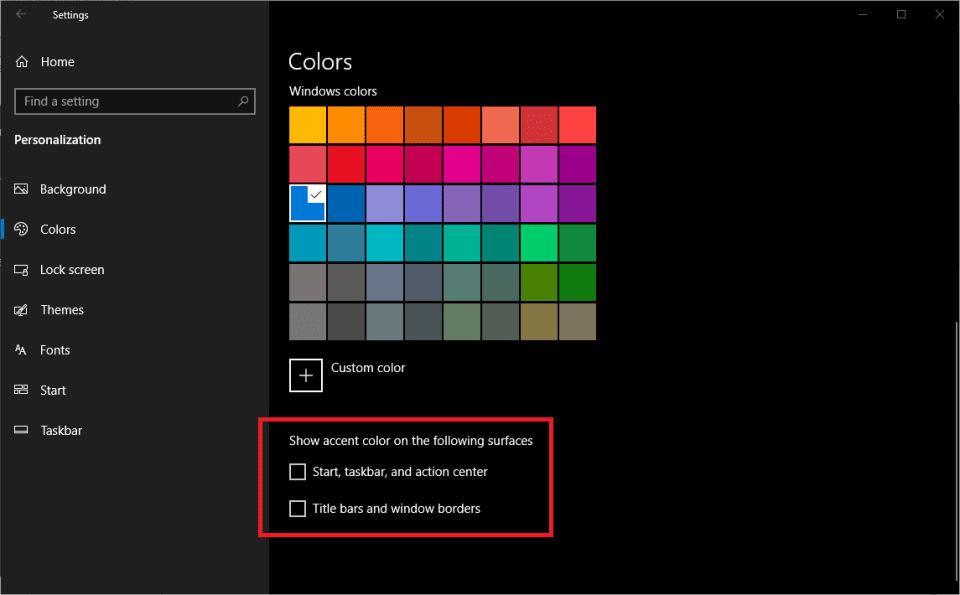
Below the color options, you can decide where you’d like the accent color to appear; have the color show in the Start menu, taskbar, and action center and/or tile bars and window borders.
Which Apps Are Affected?
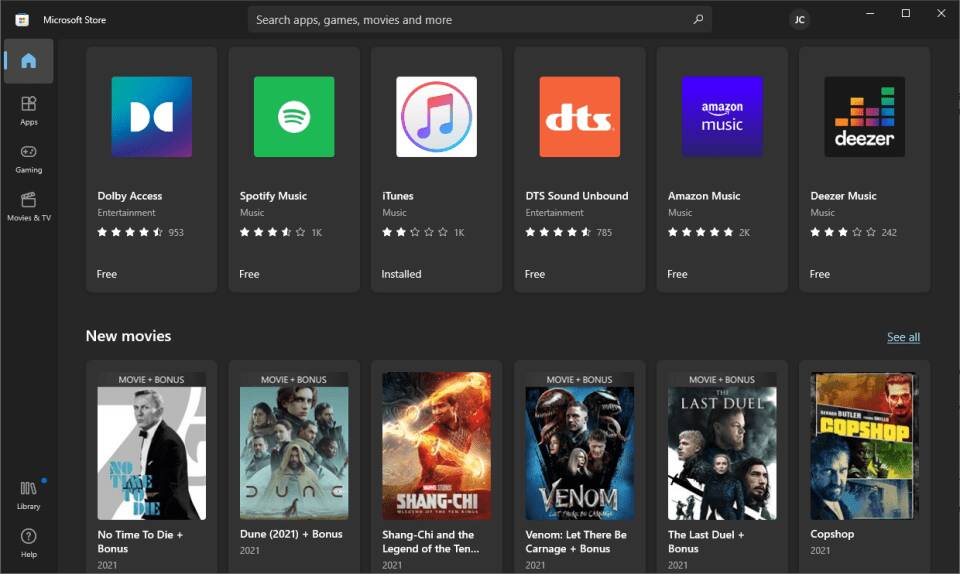
Changing the color theme in Windows 10 affects menu colors and built-in apps, such as File Explorer and the Settings menu. Other apps affected include Calculator, Clock, Edge, Microsoft Store, Sticky Notes, Video Editor, Windows Security, and Xbox Game Bar.
Some third-party apps also now support Windows 10 dark mode, so color changes will apply there, too. And you don’t have to stop here. You can enable dark mode on your web browser and your favorite mobile apps.



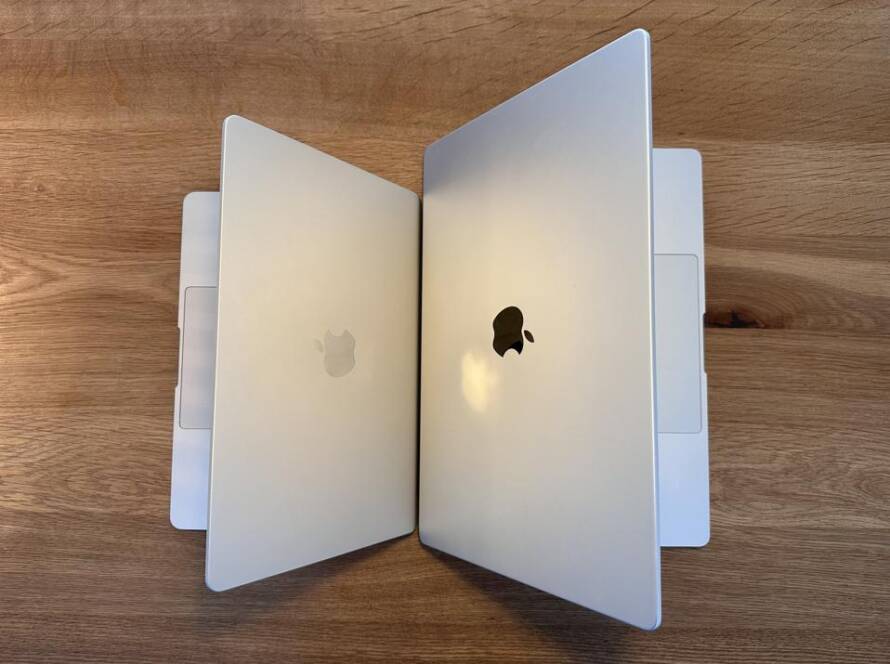
2 Comments
33.01hst8h9hh6ynrdwtv42cv68g3@mail5u.fun
qui velit nemo totam perspiciatis vel rem. quo fugiat alias quis nihil et quaerat nulla asperiores quas voluptatem corporis ea dolorem assumenda. tempore earum illum voluptatem et veniam. et unde aut
Εγγραφ στο Binance US
Can you be more specific about the content of your article? After reading it, I still have some doubts. Hope you can help me.